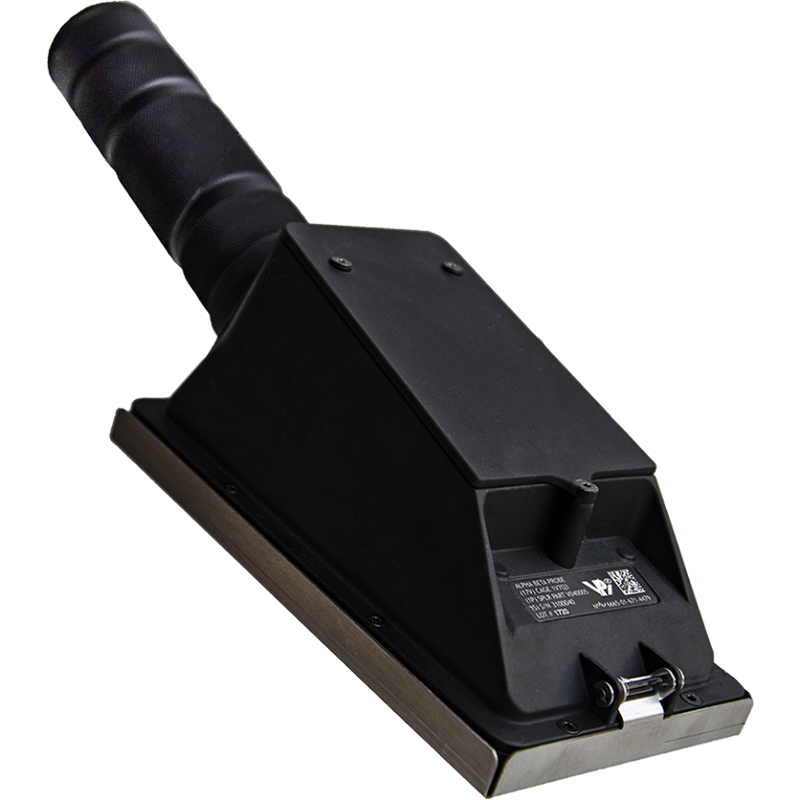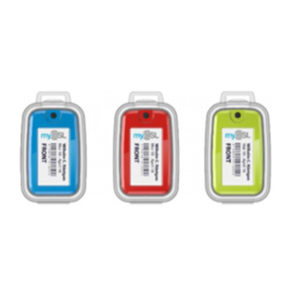Small hand-held Geiger-Mueller Pancake Tube detector for alpha, beta, and gamma radiation
Part of the RDS radiation detecting probe family
Small, lightweight, and durable probe with a 15.5 cm2 sensitive detection area
Removable clip-on protective shield
Optional aluminum-clad lead shield
Durable, easy-to-use ergonomic design
Base Unit to probe connector cable can be used with any RDS probe
Hot-swapping Smart Probe Technology
Calibration resident on probe (does not require a paired Base Unit)
Robust cable connections
Data Exchange Console options
Designed and tested for military ruggedness to meet both military/defense requirements and industrial applications
As a smart probe, the ABG Pancake Probe contains a microprocessor and High Voltage circuitry for creating its own high voltage. No high voltage is transferred across the interface cable. When connected to the Base Unit, the display will show the probe’s image and radiation measurement. The probe’s onboard memory stores the probe type and calibration information.
|










